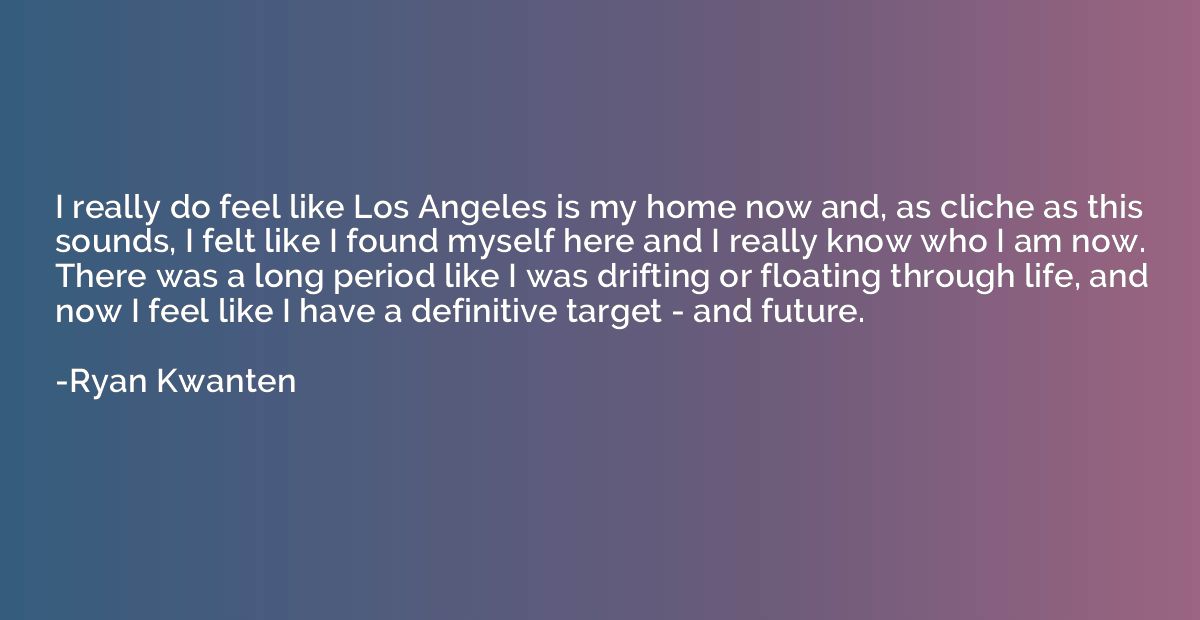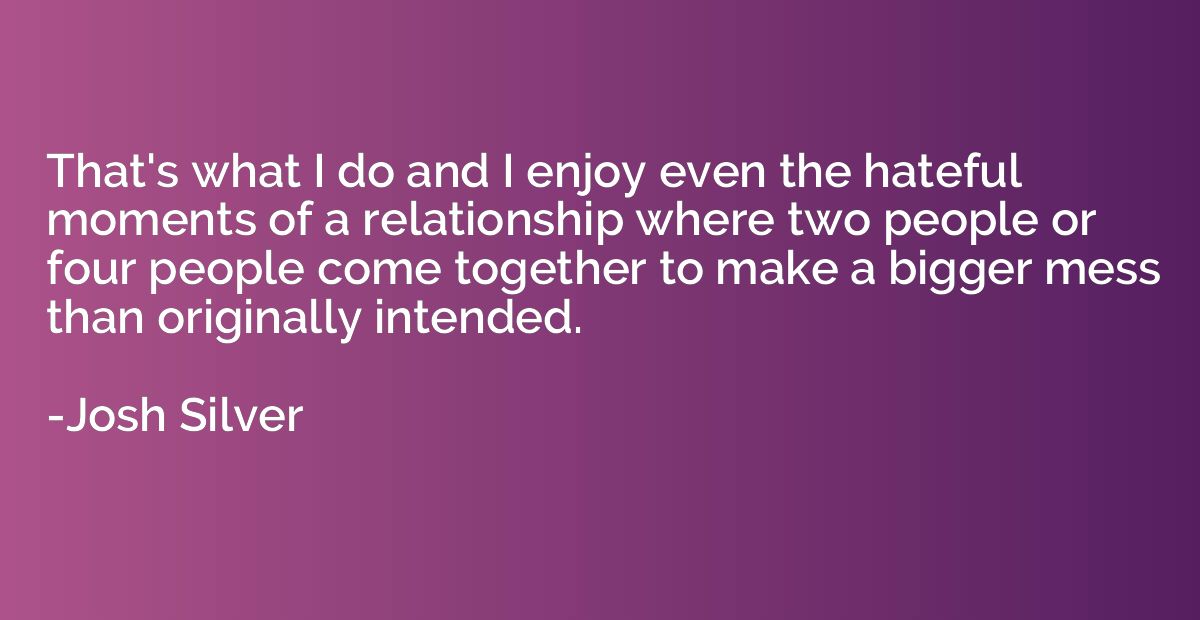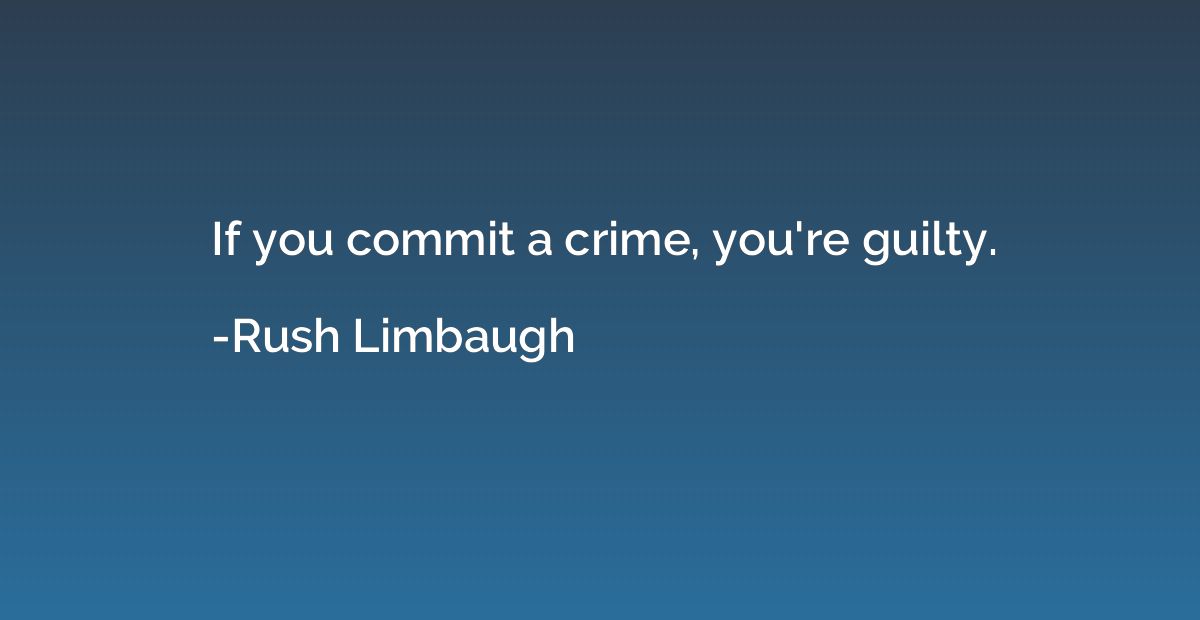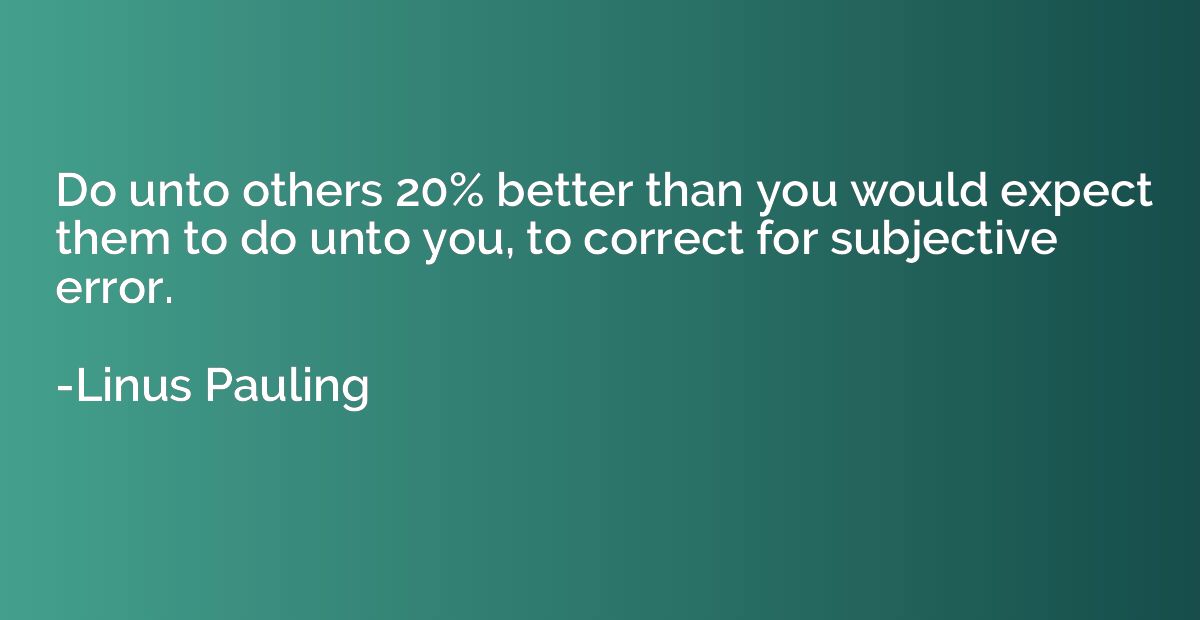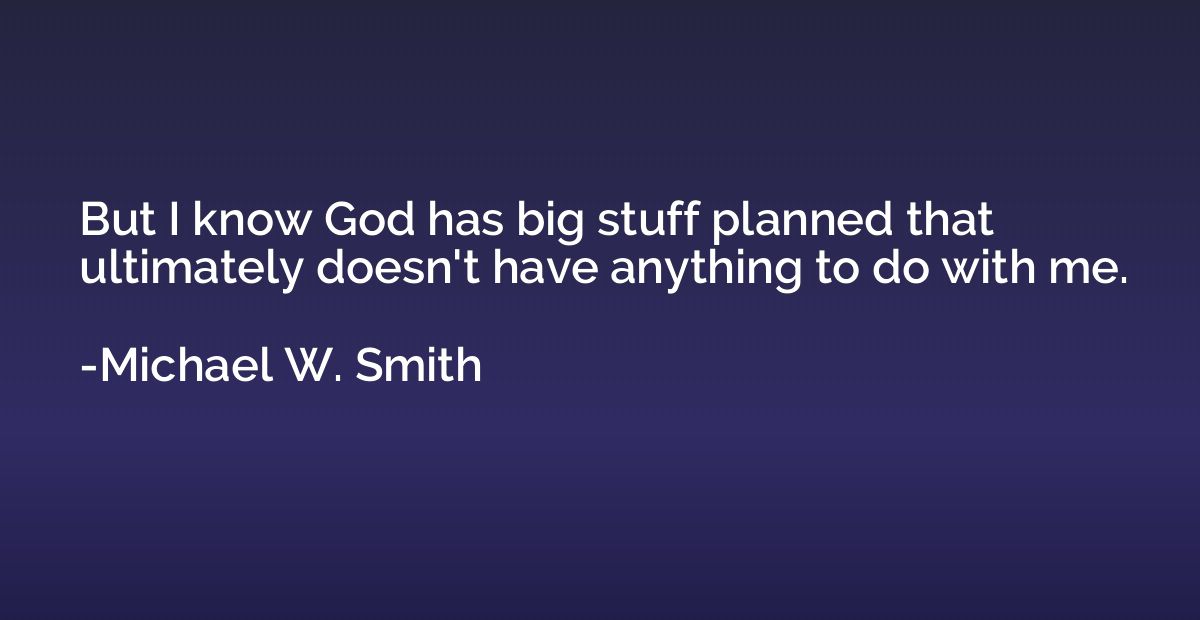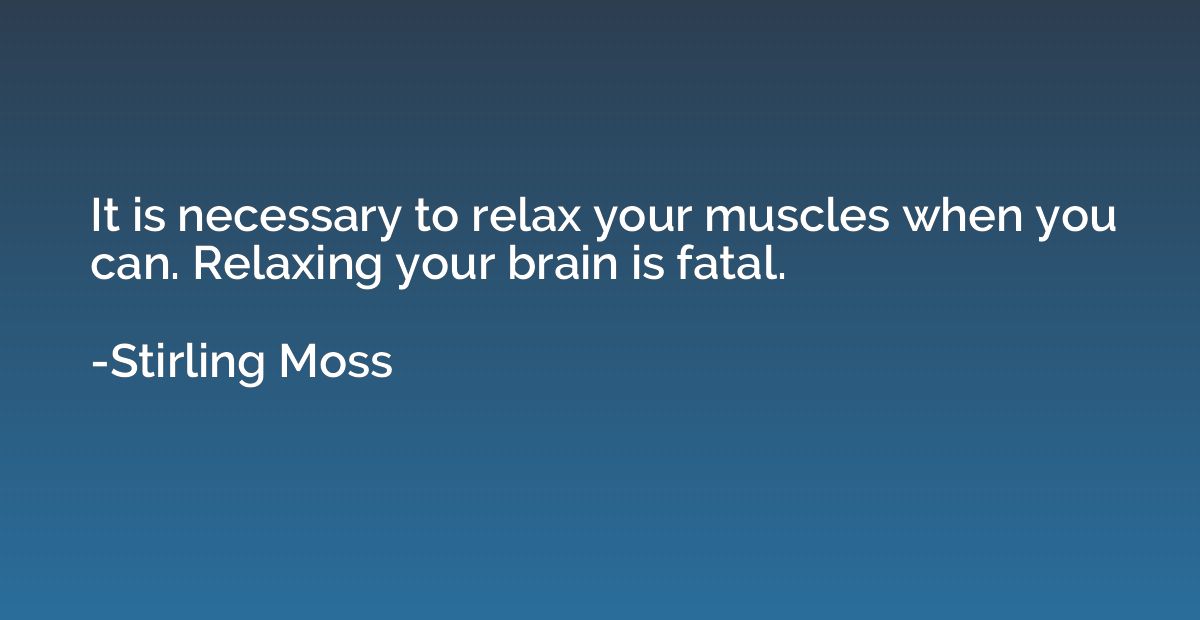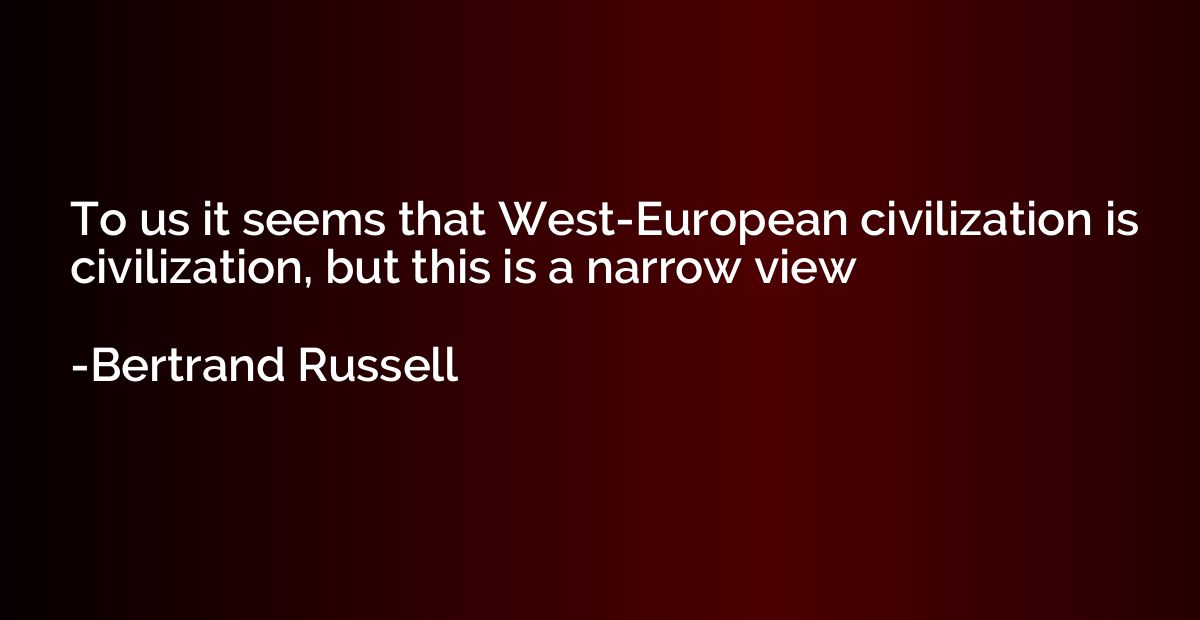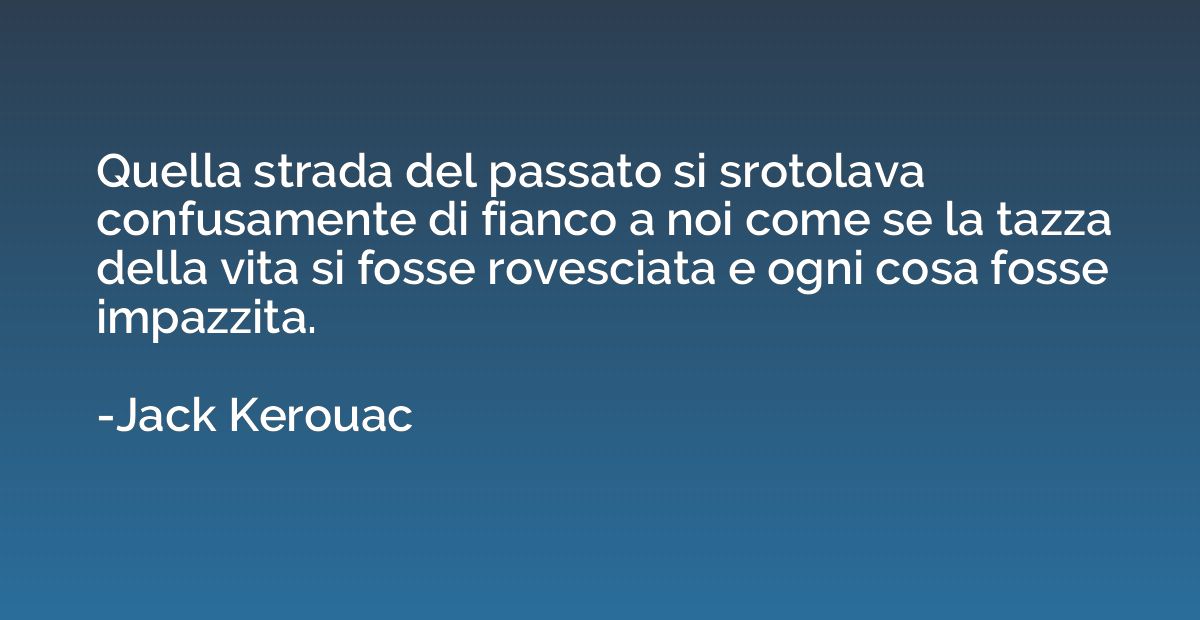Quote by Jerry Saltz
It is not possible to overstate the influence of Paul Cezanne on twentieth-century art. He's the modern Giotto, someone who shattered one kind of picture-making and invented a new one that the world followed.
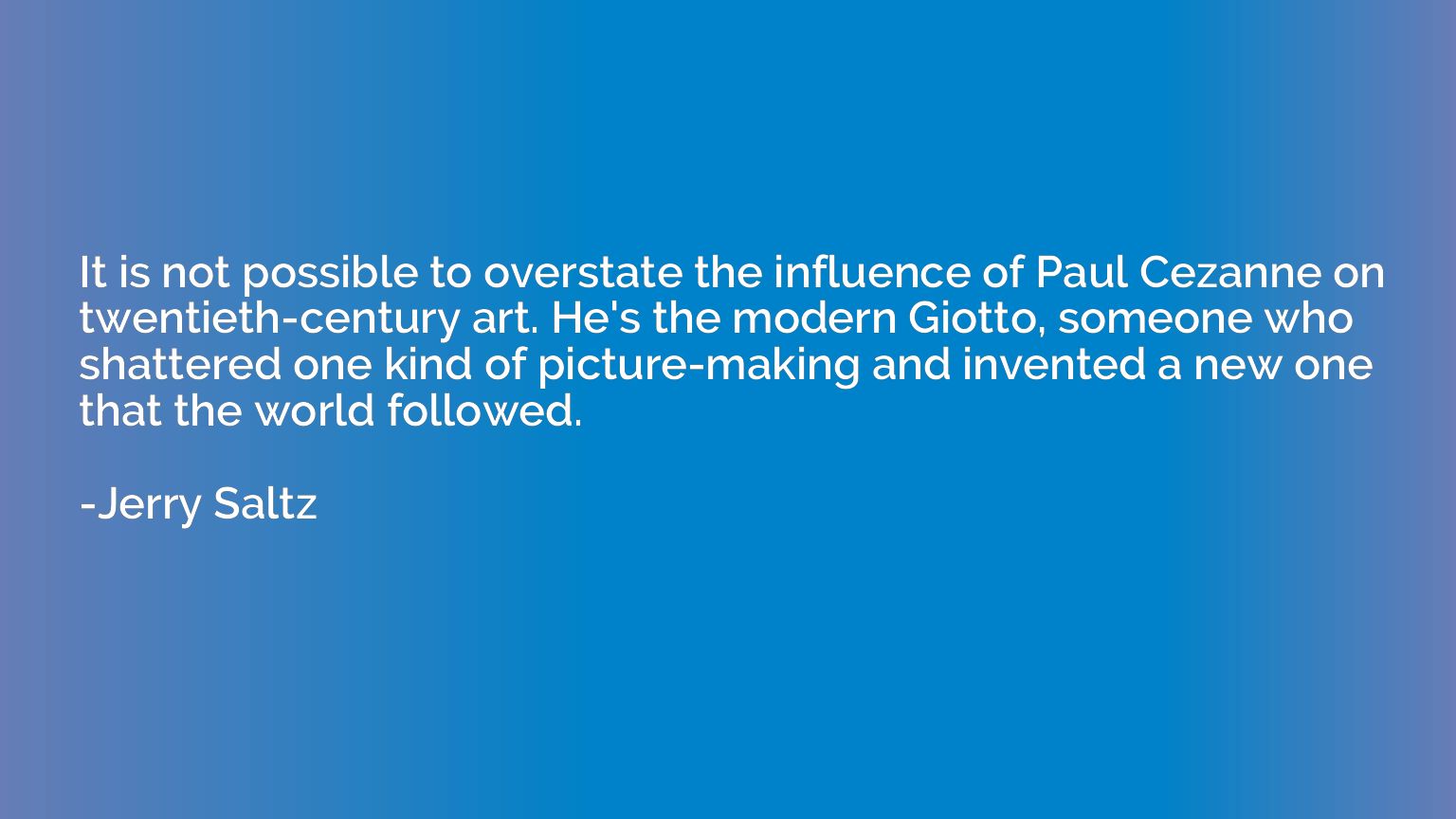
Summary
This quote emphasizes the immense impact of Paul Cezanne on the art world of the 20th century. It suggests that Cezanne's influence is of such significance that it cannot be exaggerated. Cezanne is compared to Giotto, an Italian artist from the Middle Ages who revolutionized painting. Just as Giotto broke away from traditional artistic conventions, Cezanne is praised for his groundbreaking approach, challenging the norms of picture-making and paving the way for new artistic movements to follow his lead. Overall, the quote highlights Cezanne's status as a visionary artist whose contributions forever changed the course of modern art.
Topics
Art
By Jerry Saltz




